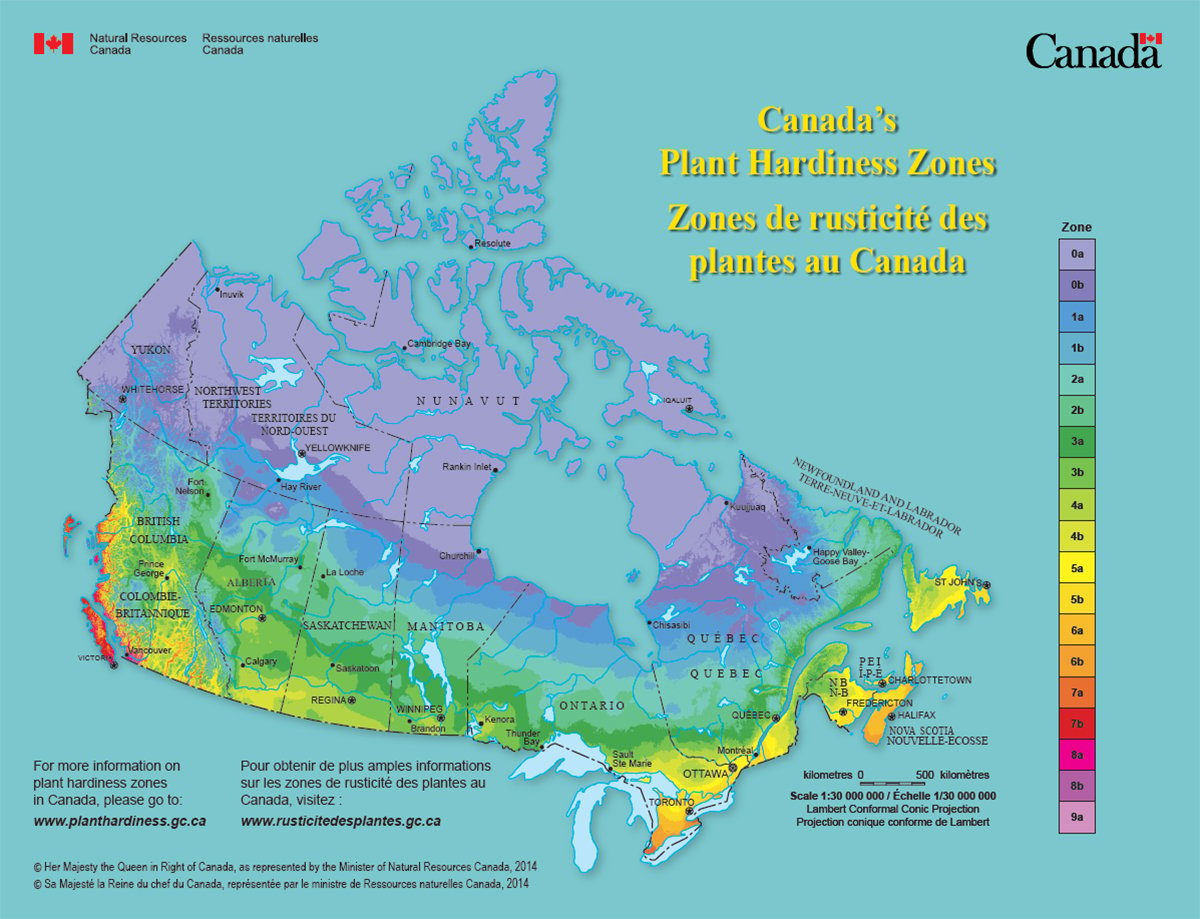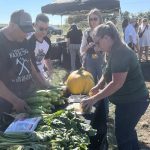OLDS, Alta. — Grass and hay crops are the not the glamorous crops at the agricultural ball.
They’re grown in corners of the farm that aren’t considered suitable for the real crops — wheat and canola — and get the least management attention.
“Often times we feel forages take a less higher profile and are taken for granted,” said Doug Wray, chair of the Canadian Forage and Grasslands Association.
Canada has more than 89 million acres of forage for livestock and crop production, making it the country’s largest agricultural crop.
Read Also

Canada’s plant hardiness zones receive update
The latest update to Canada’s plant hardiness zones and plant hardiness maps was released this summer.
“We want to put it out in front of the consumer, policy people, and expose it for all its value,” Wray told the association’s recent conference.
“We know forage acres are being lost to the cash crop industry.”
Dave Fulton, a producer from Birtle, Man., said focusing on the benefits of forage to the environment will help raise its profile.
“I believe research is helping to make forages mainstream,” said Fulton, who believes research on weed control is important for hay and grass producers.
“I am amazed at the amount of work getting done.”
Tim Oleksyn, chair of the Beef Cattle Research Council, said the industry needs to gather statistics on the amount of forage and grassland and their importance to the livestock industry and the environment.
This information could then be used as a lever for government research money.
Bruce Coulman, head of plant sciences at the University of Saskatchewan, said he has seen a shift in attitude toward forages from governments in recent years.
The amount of forages and livestock in Saskatchewan doubled from the 1980s to 2000, but the number of forage researchers in Western Canada dropped to eight from 22.
Coulman believes there is now a greater recognition of forages by government and livestock producers.
“I am more optimistic about the future of forage and forage research at this time,” he said.
“I think the future is looking somewhat brighter than it has in the last 30 years.”
John Brown, executive director of Alberta Agriculture’s livestock research and extension division, said the perception in many parts of the livestock and food industry is that forages are woefully undermanaged so why throw money at them.
It’s important that the industry builds a case for the importance of forage and their environmental benefits if it wants research and government funding, he added.
“Develop strategic documents and build a strong case for public interest,” Brown said.














